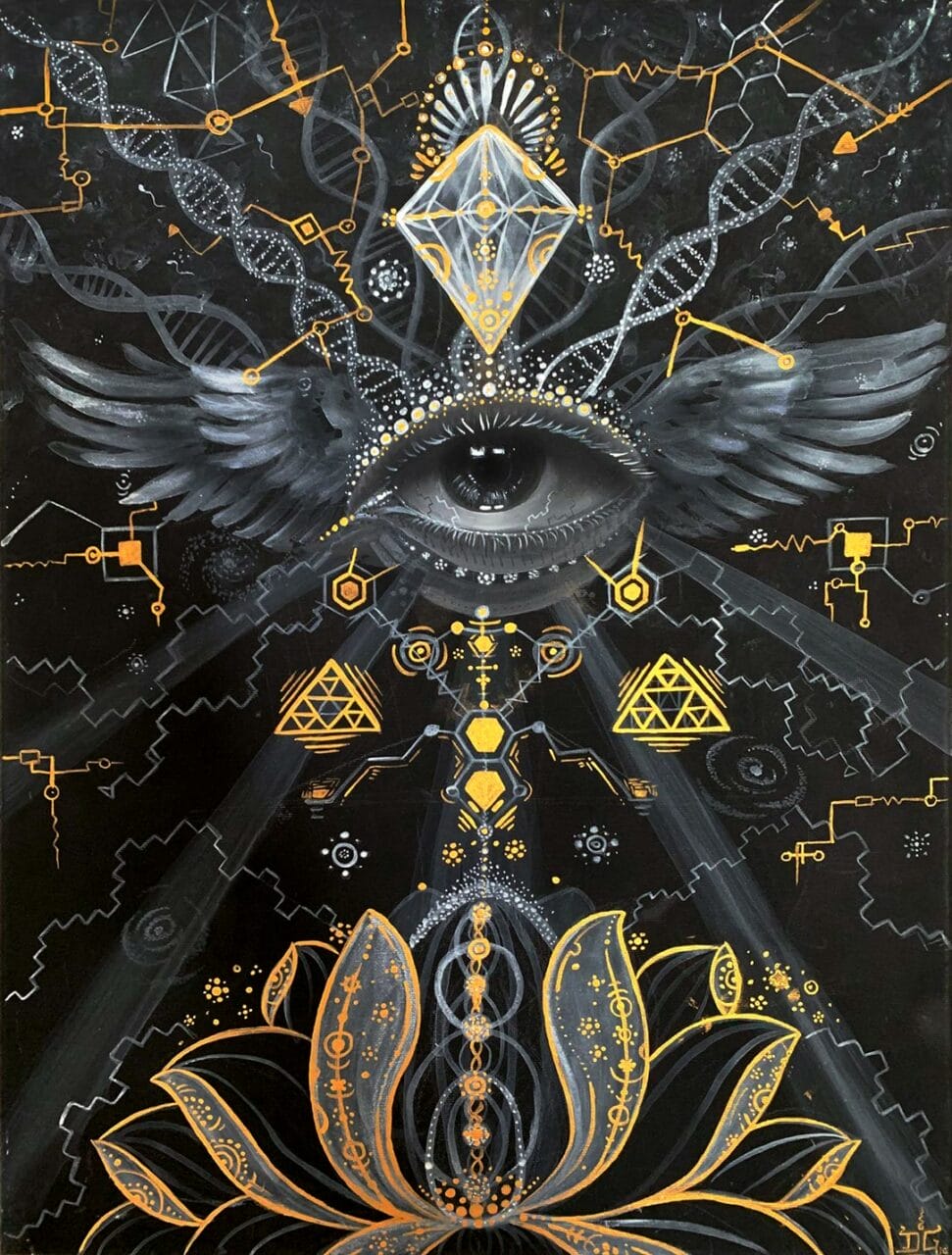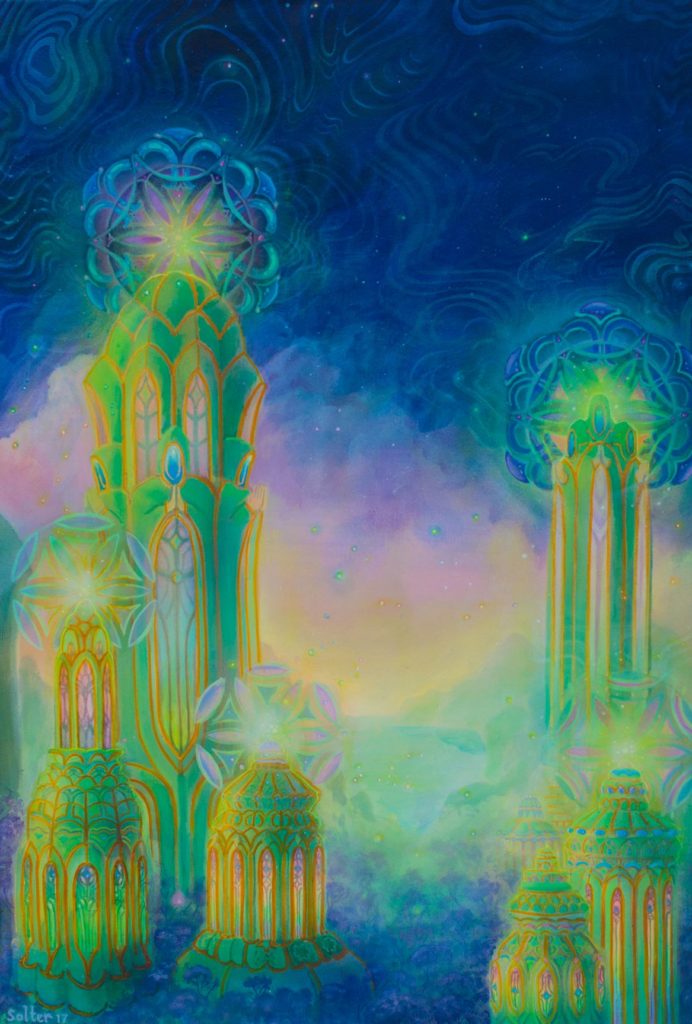
© Uni Kaya
The Historical Journey of Psilocybin Mushrooms
The roots of Psilocybin Mushrooms can be traced back to 9000 BC according to historical evidence. These unique mushrooms, boasting over 200 diverse species, contain psilocybin, a compound known to produce hallucinogenic effects. The experiences can range from altered perception to visual and auditory hallucinations, even profound spiritual revelations. These mushrooms have been integrated into various spiritual ceremonies, rituals, and practices across different cultures and tribes for millennia. Many of these historical occurrences originated from North and South America.
Psilocybin Mushrooms in Ancient Times
Throughout history, many cultures have utilized natural psychedelics. Evidence found in the Sahara Desert indicates that humans were consuming Psilocybe Cubensis more than 7000 years ago. Archaeological findings reveal the depiction of this psychoactive substance in prehistoric art from different regions. For instance, Indigenous tribes from North Africa in the Sahara documented its use in their paintings dating back to 9000 BC. Similarly, the renowned Selva Pascuala mural rock painting in Spain, approximately 6000 years old, suggests the use of Psilocybe Hispanica in religious rituals. The influence of these substances on our cultural development, religious practices, art, societal standards, and daily life is becoming more apparent. This substance has undeniably made a significant impact on our culture and society.
A Historical Overview of Magic Psilocybin Mushrooms Use
In the annals of history,magic Psilocybin Mushrooms have been consumed over a long period. The mind-altering compound we recognize today has been in use across various eras, with diverse customs surrounding its consumption. The gifts of nature are there to be embraced. It’s the right moment for Mushroom Dispensary Canada to delve into the historical path that has led Psilocybin Mushrooms to its current status.
Key Points to Note
- Dried Psilocybin Mushrooms have been a part of traditional rituals and spiritual healing for centuries. Nowadays, they are used as a treatment for mental health issues.
- Psilocybin Mushrooms became a central part of the hippie culture and played a significant role in the psychedelic revolution, advocating its recreational use.
- Key figures such as Wasson, Sabina, and McKenna were instrumental in introducing psilocybin to the contemporary world.

© Jonathan Solter
Endorsing the Stoned Ape Theory
Terence McKenna proposed the Stoned Ape Theory, suggesting that human evolution, especially mental development, might have been influenced by psilocybin. Even though there are critics, the intriguing nature of this theory is undeniable.
Old Civilizations and Spiritual Practices
Historically, societies represented cubes in symbols, art, and statues, indicating the ritualistic use of Psilocybin Mushrooms. It was used by the Mayans and Aztecs for engaging with supernatural beings, including deities. In the culturally rich Aztec society, it was termed “teonanácatl“, meaning “flesh of the gods”. The concept of a psychedelic experience was alien, leading them to view it as a divine entity. Traveling up to Siberia, hallucinogenic Psilocybin Mushrooms were used by Siberian shamans. They specifically used the hallucinogenic substance (Psilocybin Mushrooms) named “Amanita Muscaria” for spiritual healing and traditional practices, despite its toxic nature. This usage dates back to almost ten thousand years ago. In African tribal ceremonies, especially among the tribes of Congo and Zimbabwe, cubes were used for interacting with ancestors, inducing visions, and promoting spiritual healing. These historical societies add to the understanding of contemporary psilocybin use. The reverence for this substance in these cultures arose from its divine connection and its ability to trigger mystical experiences.
Psilocybin Mushrooms in Legend and Folklore
Many tales, including those by Gordon Wasson, highlight the link between Psilocybin Mushrooms and the spiritual world, emphasizing its role in folklore and mythology as a medium for divine dialogue and illumination. In ancient India, the Soma—a ritualistic drink mentioned in the Vedas—was thought to induce altered states of consciousness. Researchers like Wasson theorize that it could have been made from psychoactive plants, specifically fly agaric. Some even suggest that this ancient beverage might have incorporated a mixture of various plants. Regardless of its origin, the psychedelic history suggests that Soma facilitated the appearance of sacred symbols during rituals, symbolizing a portal to advanced wisdom or spiritual enlightenment.
The Contemporary Age
A Brief Look at the
Beginnings
Historical documents from the era before Columbus indicate that psilocybin Psilocybin Mushrooms was used by civilizations such as the Mayans and Aztecs. The Spanish rulers in the 15th and 16th centuries characterized its use as uncivilized and subsequently outlawed it. Despite the ban, shamans secretly continued to use magic Psilocybin Mushrooms, thus keeping their cultural practices alive for over 400 years.
Revival in the Western World
The 1950s witnessed a revival of these substances in the West, largely due to the groundbreaking work of individuals like R. Gordon Wasson, Roger Heim, and Albert Hofmann. On a journey to Mexico, they successfully isolated the two psychedelic components (psilocybin and psilocin) from the Psilocybin Mushrooms obtained from the Mazatec tribe. Wasson later shared his adventures, uses, and insights about magic Psilocybin Mushrooms in Life magazine. His articles and personal stories contributed to the recognition of the substance as a potent hallucinogen. By the advent of the 1960s, the substance had become emblematic of the Hippie movement and was seen as a conduit to spiritual experiences. Nevertheless, its use also incited considerable debate and triggered a shift in the recreational use of hallucinogenic substances.
Subsequent Progress: Worldwide Prohibition
In 1971, the United Nations Convention on Psychotropic Substances classified psilocybin as a Schedule 1 illegal drug, along with Lysergic Acid Diethylamide and N, N-Dimethyltryptamine. They were all perceived to lack medicinal value and hold a high risk for misuse. This led to a broad criminalization in Western nations, including Canada and the U.S., severely limiting the spiritual and therapeutic uses of the substance.
The Modern Resurgence of Psilocybin
In more recent times, there has been a softening of the harsh laws governing psilocybin use, beginning with its decriminalization. This shift is in line with the UN’s provision for treaty member countries to regulate the substance as they see fit. At the same time, a growing body of research and clinical trials related to psychedelics and consciousness strongly endorses potential medicinal uses of psilocybin. A study carried out in 2021 on the therapeutic use of psychedelics suggests that the 1970 prohibition significantly hindered further research. However, a preliminary study from 2004 rekindled interest in psilocybin, suggesting potential uses in neuropsychiatry, especially for the treatment of mental health conditions such as:
- Depression, Anxiety, and Stress
- Post-traumatic Stress Disorder (PTSD)
- Obsessive-compulsive Disorder (OCD)
- Substance Abuse (Aiding in Addiction Recovery)
- Excessive Alcohol Consumption and Drugs)
Media and Art’s Influence
Psychedelic cubes have become a popular topic of discussion, portrayed through various types of media. The renewed interest and intrigue surrounding these substances stem from their depiction in diverse forms of media, art, and literature. Movies, such as “Fantastic Fungi” directed by Louie Schwartzberg, and documentaries delving into their healing properties, have enhanced public understanding of their mental and physical effects. Author Michael Pollan, through his book “How to Change Your Mind,” examined the use of psychedelics for mental health and spiritual development, reviving interest in their societal and therapeutic value.
Renowned Historical Advocates of Fungi
- María Sabina: María Sabina, a Mazatec shaman and poet from Mexico, played a pivotal role in introducing psychedelic cubes to the West. She permitted Wasson to observe her Psilocybin Mushrooms rituals.
- Gordon Wasson: Wasson is a writer credited for bringing these substances to the world’s attention. His comprehensive account of his experiences with Sabina led to a broader understanding of the drug’s local use.
- Terence McKenna: As a leading proponent for the use of psychedelics, McKenna emphasized their cultural and philosophical significance. His speeches, writings, and research popularized the “Stoned Ape” theory, describing psychedelics as a tool for cognitive advancement that shaped society.
A Brief Overview of The Timeline
with TRD.
| Prehistoric | Stone art discovered in the Sahara, Africa, suggests prehistoric use. |
| Ancient | The Maya and Aztec civilizations incorporated teonanácatl in their religious and spiritual rituals. |
| 16th Century | Its use was dissuaded due to its association with Indigenous practices. |
| 18th Century | The intoxicating effects of the substance came to light in 1799 when four children accidentally ingested Psilocybe Semilanceata, highlighting the potential risks associated with its use. |
| 20th Century | The substance was introduced to the Western world by Wasson and Sabina, sparking a psychedelic revolution among hippies. The UN legalized its possession and consumption. |
| 21st Century | Clinical trials are underway to validate its medicinal potential. |
| The use of psilocybin, derived from psychedelic mushrooms, is on the rise. Health Canada has greenlit a Special Access Program for its application. |
Emergence of the Psychedelic Era and Pathway to Healing | Purchase Psilocybin Mushrooms Online from Mushroom Dispensary Canada
Mushroom Dispensary Canada’s routine use of psilocybin, supported by robust scientific research, is set to expand until it gains worldwide acceptance. Mushroom Dispensary Canada’s online Psilocybin Mushrooms store is prepared to facilitate this shift. Our extensive product range appeals to customers, inspiring them to embark on the intriguing and therapeutic journey of psilocybin. Secure your favorite items from Zoomies today.
Commonly Asked Queries
No, Amanita Muscaria doesn’t contain the active ingredients present in Psilocybe Cubensis. Rather, the psychoactive substances in fly agaric are muscimol and ibotenic acid. One prevalent theory about Soma’s origin proposes that it is a concoction of various psychoactive plants. Similarly, ayahuasca is a mind-altering drink. Yet, the only link between the two is the view of soma as an analogue of ayahuasca. It was examined for possible Psilocybin Mushrooms poisoning after it was classified as a toxic Psilocybin Mushrooms. Today, it is recognized as the Psilocybe Mexicana.

